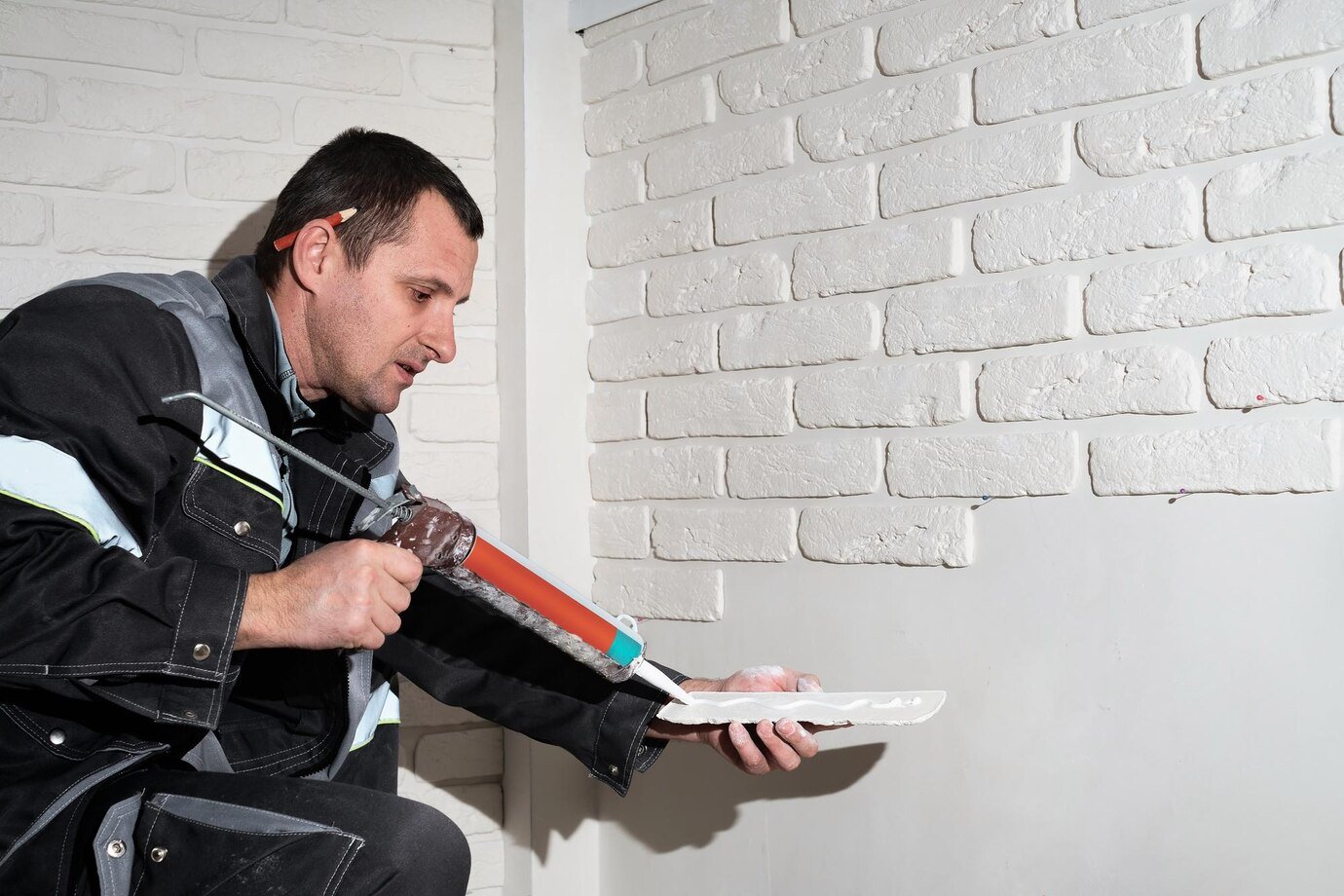Mastic Application & Repair – Level 2
About this course
Course Title: Mastic Application & Repair – Level 2 (Intermediate)
Duration: 16–20 hours (flexible modular format)
Module 1: Review & Advanced Material Science
Recap of Level 1
Types of mastics (acrylic, polyurethane, silicone, bitumen).
Key properties (flexibility, adhesion, UV resistance).
Advanced Material Selection
Matching mastics to substrates (concrete, metal, wood, EIFS).
Environmental factors (temperature, humidity, chemical exposure).
Product Standards & Certifications
ASTM C920, ISO 9001, and industry-specific grades.
Module 2: Surface Preparation Mastery
Substrate Assessment
Identifying contamination (oil, dust, old adhesive residues).
Moisture testing methods.
Advanced Cleaning & Priming
Chemical cleaners vs. mechanical abrasion.
Primer types and application techniques for optimal adhesion.
Module 3: Precision Application Techniques
Tool Proficiency
Caulking guns (pneumatic vs. manual), trowels, spatulas.
Backer rod selection and installation.
Bead Control & Finishing
Uniform bead sizing (practice exercises).
Tooling methods (wet finger, profiling tools).
Complex Joints & Details
Expansion joints, corner joints, and transitions between materials.
Module 4: Troubleshooting & Repair
Common Failures & Causes
Cracking, delamination, discoloration.
Diagnostic Methods
Peel tests, adhesion tests, moisture meters.
Advanced Repair Protocols
Partial vs. full removal, splicing techniques.
Module 5: Project Simulation & Safety
Hands-on Projects
Simulated window/door sealing, roof flashing repair.
Safety Deep Dive
VOC management, PPE for chemical exposure, ladder safety.
Quality Control & Inspection
Visual checks, adhesion testing, documenting work.
Assessment & Certification
Practical Exam: Execute a mock repair project with graded criteria (prep, application, finish).
Written Exam: Multiple-choice + short answer on material selection, troubleshooting.
Certificate: Awarded upon 80%+ passing score.
Optional Add-ons
Workshop: Manufacturer-specific product training (e.g., Sika, Tremco).
Field Trip: Visit a construction site to observe large-scale mastic applications.
This course balances theory and hands-on practice, preparing learners for professional-grade repairs and small commercial projects. Adjust depth based on audience (contractors vs. DIYers).
Comments (0)
Advanced materials science in construction involves using materials with enhanced properties, like composites, nanomaterials, and recycled materials, to improve building performance, reduce environmental impact, and enable new design possibilities. This approach contributes to more sustainable and efficient building practices, from design to implementation.
Surface preparation mastery involves preparing a surface for various treatments like coating, bonding, or sealing by ensuring it's clean, smooth, and stable, optimizing adhesion and performance. This process removes contaminants, modifies roughness, and addresses chemical properties to achieve the desired outcome.
Precision application techniques in construction involve using precise methods and tools to ensure accuracy and efficiency in building and infrastructure projects, leading to improved quality and cost-effectiveness. These techniques are crucial for minimizing errors, reducing material waste, and achieving desired outcomes.
Troubleshooting and repair in construction involves a systematic approach to identify and rectify defects or problems in buildings, infrastructure, or equipment. This process typically includes defining the problem, gathering information, analyzing the situation, proposing and testing solutions, implementing the chosen solution, and verifying its effectiveness. Effective repair also requires understanding the nature of the damage, the structural integrity of the affected area, and the client's expectations.
Project simulation and safety in construction involve using models and software to analyze and improve safety protocols before and during construction. This includes using tools like BIM (Building Information Modeling) and virtual reality to visualize potential hazards, simulate scenarios, and train workers on safe procedures. Simulations can help identify risks, optimize safety planning, and improve overall safety outcomes.





